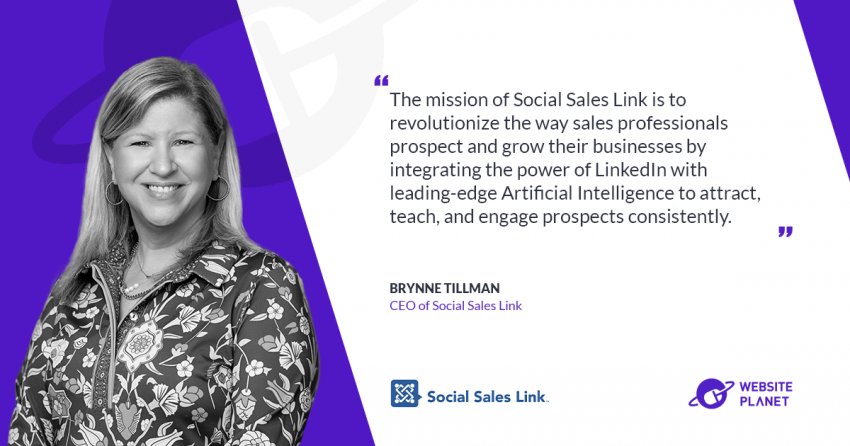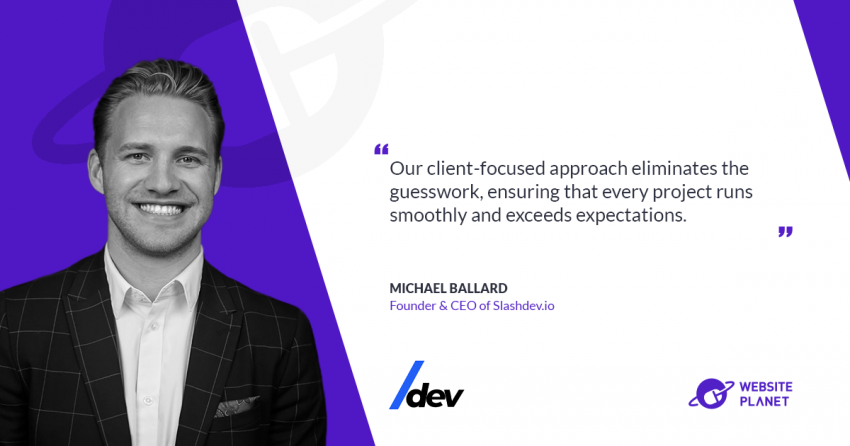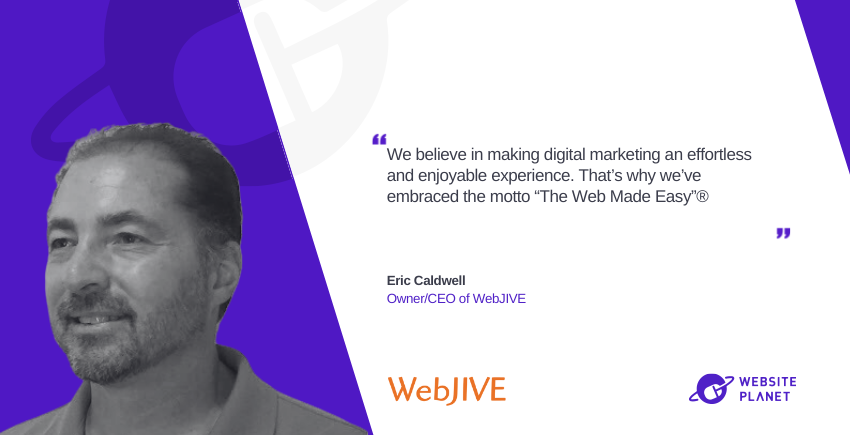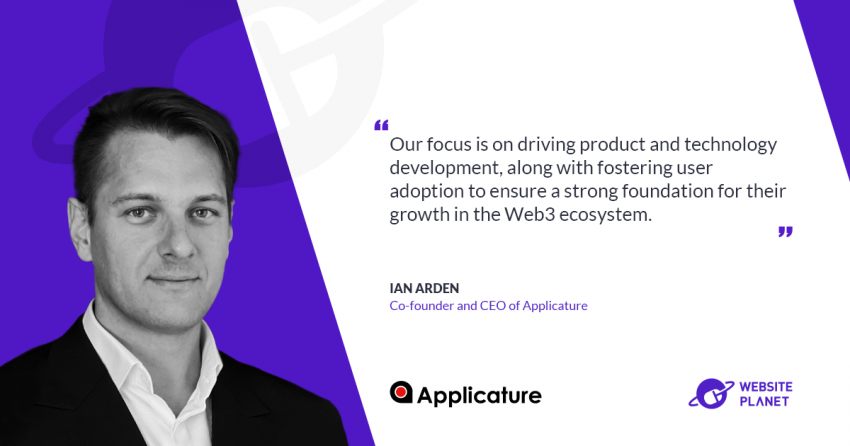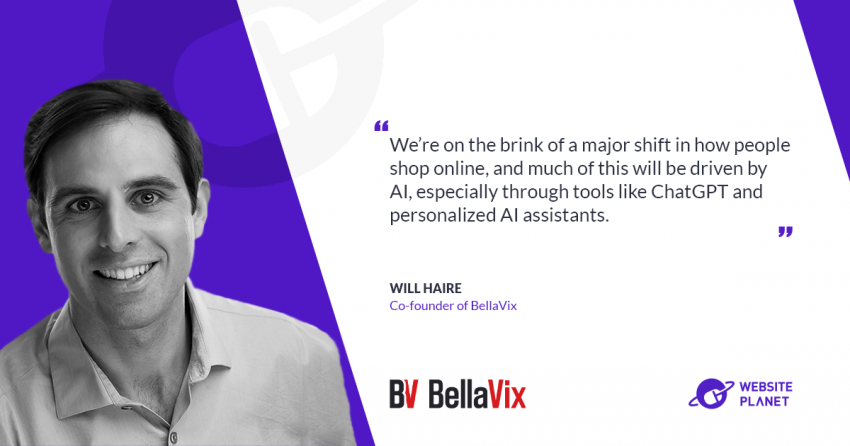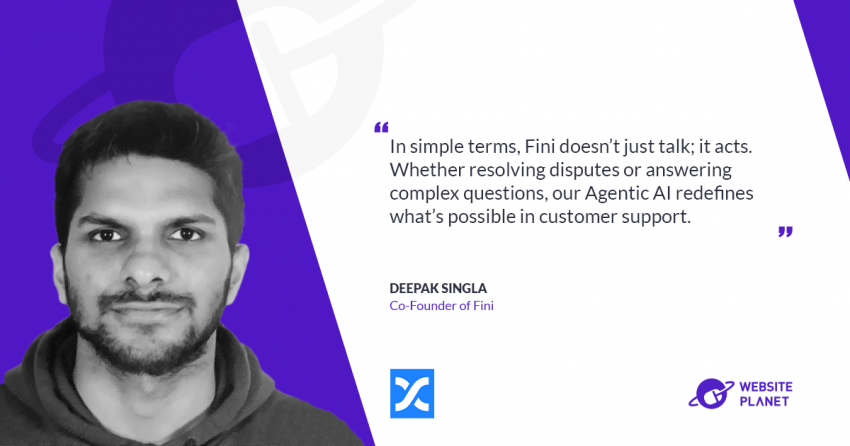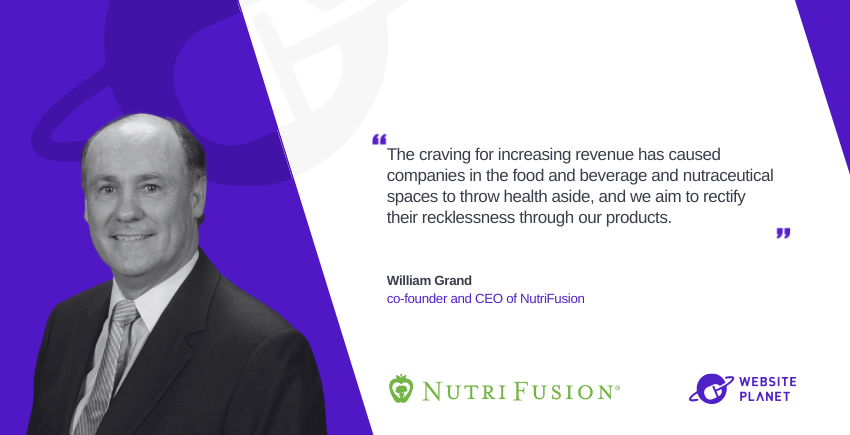Website Planet had the chance to sit down and chat with Jay Crystal, co-founder of configure8, and previously head of Corporate Strategy & Partnerships at AOL Platforms and cofounder of X-ID, 300 Qubits and Clean.io.
You will learn how two successful digital entrepreneurs started their online business, how they came up with the idea, how they got the first customers, how they stand out, and how they plan to keep growing.
What is your story before configure8?
Our technical co-founder, Seth Demsey, has done some fun things in his career – building a distributed architecture to move NASA off supercomputers, engineering and product leadership on the founding team that built .NET and first version of Bing, product manager for Google Voice and non-search ads, CTO of AOL’s multi-billion adtech business, starting and scaling ventures, – nothing has satisfied him more than combining his skills in service of engineers seeking to improve the developer experience via configure8.
I have been an investment banker and private equity investor, and led corporate strategy and business development teams, plus ran P&Ls and led businesses both big and small.
Together, we’ve worked with each other over the course of a decade at a big company and three start-ups we’ve co-founded together. We each bring something very unique to the table while also having enough commonality that we communicate efficiently. It’s made for a great partnership, and we’re excited to apply our skills in service of improving the developer experience via configure8.
What inspired you to start configure8, and how did you validate the business idea?
configure8 is the tool we wished we had at our previous big company jobs and our rapidly growing start-ups. Whether moving over 100 MWs of data center to the cloud, modernizing how we architected and delivered software, or adhering to high standards before and after being acquired by a highly regulated Fortune 25 company, configure8 would have helped us accelerate our efforts, improve our results, and do so at a lower cost.
At the time we started configure8, there were a couple of open source projects and some microservice catalogs, but none would have met our requirements at prior companies and we saw an opening to deliver a better solution for the market.
To sanity-check our thesis,
we spoke with dozens of engineering leaders at scale-ups to large enterprises to validate the pain point and approaches for a solution. We spent a few quarters gathering feedback from the community before beginning our development effort.
How do you ensure that configure8 stands out from the competition?
By delivering an enterprise-grade solution that is easy to integrate and to maintain, and offers a uniquely powerful breadth and depth of functionality that enables our customers to succeed in ways they can’t with other point solutions.
Our universal catalog organizes a broader and deeper array of data from tools and clouds. This means our living socio-technical knowledge map of your team and system doesn’t stop at the service boundary or with Kubernetes, we are environment-aware and resource-aware. It also means we can serve as a single pane of glass across more tools and cover more scenarios for users without having to switch into another tool. There are many common scenarios where this matters.
The breadth and depth of data we ingest also enables uniquely powerful analytics. This includes our Scorecards, which features the largest library of unique checks as well as the ability to check custom data you send in via API. This enables users to define standards for DevOps, reliability, security and architecture that are right for their organization, and then inspire teams to improve these standards through progress notifications, org-wide visibility into each team’s performance against standards, and by exposing engineers to the next best action to improve right in their portal and daily workflow.
We also offer collaborative cost management features that are unique in our category.
We enable application and data engineering teams to not just see the costs of the code they own and operate, but understand what drives it so that they can safely take action to improve those costs.
It works like this: with configure8, an engineer can see service-level costs over time, and can compare to deployments and other events. They can understand the per-resource costs that compose aggregate cost, and then drill into a resource of interest to see its cost drivers, its dependent resources, environments and services to assess blast radius, and its config settings.
From there, they can leverage actions approved for that team and resources by your platform team to improve costs on a self-serve basis and/or collaborate with your ops team to improve cost. This is a new approach that complements cost optimization tactics already adopted by ops teams.
One of the most requested capabilities we enable is a
no-code UI where your application and data engineers can easily create something new or manage day 2 operations without needing to incur the cognitive load of finding scripts and executing them in unfamiliar tools and/or waiting in an ops team’s ticket queue. This really improves the developer experience, can accelerate velocity, as well as improve standards through reusable components.
Finally, we made it ridiculously easy to get onboarded and maintain the solution. We want platform engineering teams to be able to serve as strategic resources to internal customers, and that means operating at a higher level than dedicating a large complement of engineers to simply turn a framework into a portal and maintain it.
With configure8, you can accomplish more and focus your time on strategic, value-generating activities for your enterprise. We truly help teams produce a superior return on their time and investment.
What challenges have you faced in starting out, and how did you overcome them?
We’ve faced too many to list in a short article!
Few VCs understood our vision and this category of tool, and fewer wanted to bet against an open source competitor. Here we are just a few quarters later and our product category has coalesced around a similar vision to our original one and we’re seeing the enterprises in the community increasingly adopt specialist vendors like configure8 because we offer a superior solution and ROI at a lower total cost of ownership versus trying to build a similar tool by developing an open source framework and maintaining it, though we are grateful for the role open source has played in building awareness around the potential of this category.
What strategies have been most effective to promote and grow your client base so far?
Meeting customers where there are and supporting them through their journey. Engaging the community as well. We love how smart customers in this market are, and especially appreciate their approach to an emerging category to assess where a vendor is today and, based on the caliber of the team behind it and their velocity, their ability to support an enterprise over the long-run.
What tools in your techstack are you using to run your business, and what do you like about them?
Primarily AWS, node.js, TypeScript, React. We use Datadog for observability and monitoring, OpsGenie for on-call management, GitHub, Jira, and we use a few different test and security tools.
It’s never been a better time to build a SaaS business. We stand on the shoulders of giants given the wide availability of third-party libraries, frameworks, and tools. It’s enabled us to do more with less than ever before. And all of this “more” is also what gives rise to the sprawl that leads to the problems configure8 solves, so it’s nice being able to dogfood your own product as you scale to keep everything organized, compliant and moving forward at a good velocity.
What resources (books, podcasts, blogs etc. ) inspired you the most?
There are too many to share. A few favorites include Inspired, the Granularity of Growth, content built by the Product-Led community, and all the great input we get from the platform engineering, DevOps and SRE communities.
Any last piece of advice for aspiring online entrepreneurs?
Focus hard on market selection and timing as well as your right to win. Nailing where to play / how to win can solve more than half of your problems from the get go, and good execution will care for the rest.
With respect to good execution, experiment rapidly until you find what works and then scale it from the bottom up.
Ultimately, be religious about finding and listening to the voice of the customer as early as possible to ensure everything you do is infused with empathy for the pain points your customers face.



